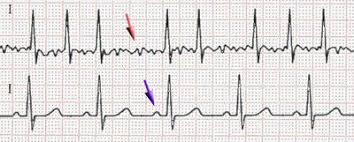Author Interviews, Heart Disease, JAMA, Surgical Research / 04.06.2019
Atrial Fibrillation Common After TAVR and Aortic Valve Replacement
MedicalResearch.com Interview with:
Rajat Kalra, MBCh
Cardiovascular Division
University of Minnesota, Minneapolis
MedicalResearch.com: What is the background for this study?
Response: New-onset atrial fibrillation after aortic valve procedures is thought to occur frequently after aortic valve procedures, such as transcatheter aortic valve implantation (TAVI) and surgical aortic valve replacement (AVR). However, the incidence estimates and implications of this new-onset atrial fibrillation in the contemporary era are unclear.
We sought to examine the incidence of atrial fibrillation after aortic valve procedures, compare the incidence between TAVI and AVR, and evaluate the associated morbidity and mortality implications using a ‘big data’ approach. This big data approach employed the National Inpatient Sample and was validated in the New York State Inpatient Database. Both are publicly available datasets that are developed as part of the Healthcare Cost and Utilization Project, a federal-state-industry partnership that is sponsored by the Agency for Healthcare Research and Quality. (more…)


